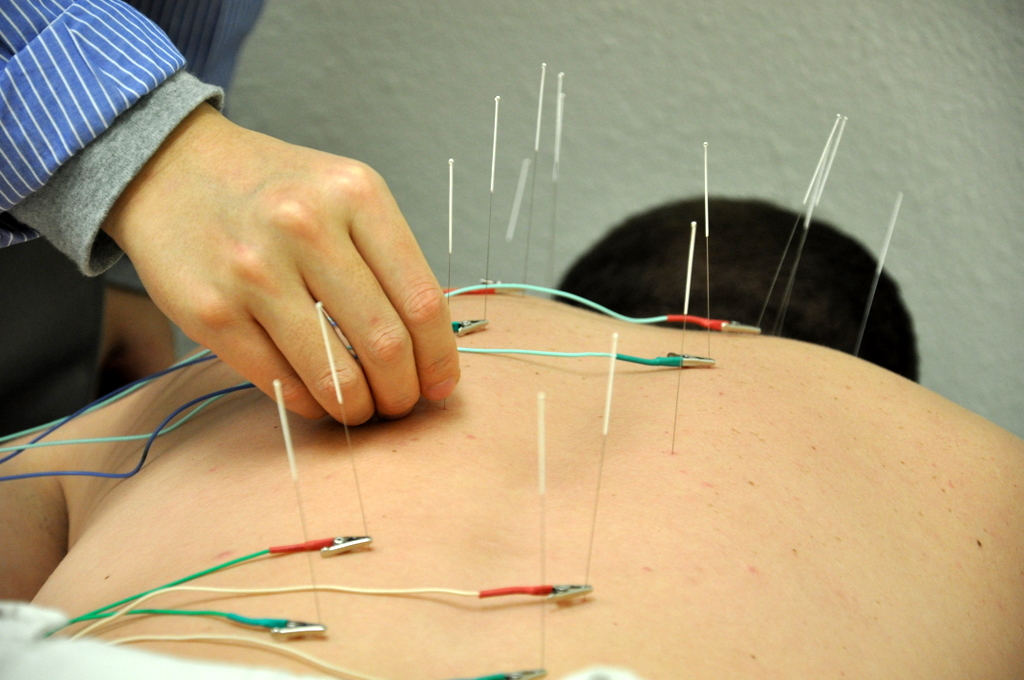When people think of acupuncture, one of the first thoughts that comes to mind is probably Chinese voodoo magic. The association is understandable, considering that the traditional acupuncture theory claims all humans contain life energy called “Qi,” which flows inside 12 pathways within the body known as “meridians.” Performing acupuncture is inserting needles into specific areas of the skin to alter the flow of Qi for pain relief. From this description, it makes sense to question the reliability of acupuncture practices.
Image Source: t.light
Interestingly, however, acupuncture does lessen pain for patients. The big question scientists and doctors have been debating is “why?” Two popular theories emerged: 1) acupuncture acts as a placebo, meaning needling inflicts no direct physiological effects, instead tricking the mind to release endorphins because patients believe acupuncture would work, and 2) the act of needling stimulates nerves that signal the brain to send opium related chemicals to relieve pain.
However, it turns out that acupuncture might induce more than just psychological effects. Last year, a team of researchers analyzed 63 acupuncture studies and generated mass data in order to compare real acupuncture and sham acupuncture (sham acupuncture serves as the control group not following real acupuncture guidelines). In doing so, they wanted to deduce whether real acupuncture has any significant effect beyond simply being a placebo.
The findings, based on the combined data of all 63 studies, indicate that real acupuncture is more effective than sham acupuncture for pain relief for five out of eight pain conditions and superior in disability reduction for two out of eight conditions.
Image Source: kali9
The second popular theory, that acupuncture stimulates nerves leading to opium related chemical release, is also challenged. In an acupuncture study with mice, researchers discovered that acupuncture needles trigger the release of adenosine, which correlates with a two-thirds reduction in pain discomfort. They also discovered that inhibiting adenosine from degrading and injecting biological proteins that support adenosine’s functions both enhance the strength of pain relief, adding further evidence that adenosine is released by acupuncture procedures.
The final consensus? Acupuncture should not be dismissed with a wave of a hand without a second thought, since the two widely accepted theories are no longer as solid as they seem. If adenosine is indeed the key behind acupuncture’s effectiveness, then we might have that ancient voodoo magic to thank for opening doors to future innovations in adenosine pain treatments.
Featured Image Source: BBC World Service










